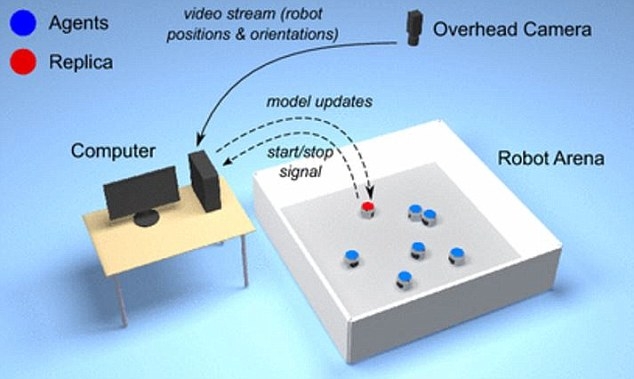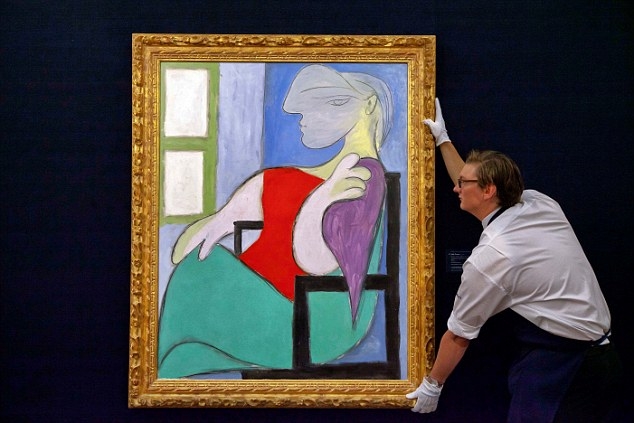New wisdom made by: The author Shivali Best, origin dailymail, compiled by the new wisdom exclusive compilation, refused to reprint without permission!

Recently, Dr. Roderich Gross of the School of Automatic Control and Systems Engineering at the University of Sheffield said: “We were inspired by Alan Turing’s 1949 test to develop a robot that can understand the operating laws of natural systems and artificial systems by observing humans. Through the principle of Turing test, we can explore how a system works. One day, a new generation of robots can learn to predict human behavior and imitate it."
The assumption of the original Turing test is that if a machine can initiate a dialogue with humans (via a telex device) and cannot identify its machine identity, then the machine is said to have intelligence. The R&D team led by Dr. Gross controlled two sets of robots and wanted to find out their movement patterns by tracking their actions. Unlike the design of the original Turing test, third parties tried to identify the two groups of humans and computers - "We believe that the role of the third party is best played by the computer, because they may find that some humans cannot detect Other minor differences," said Dr. Gross.

"Some people may think that computers will fool people. Then they will fool themselves?" With this question in mind, during the test, the task set for the computer is to distinguish between the original group and the study group. If the computer correctly recognizes the robot, it will receive bitcoin as a reward; and once the learning team's robot successfully confuses the computer and passes it through, it will be rewarded. In addition, if the computer can recognize the difference between the two, the group's robots will adjust their algorithms to make them more similar to the original group.

The advantage of the so-called "Turing Learning" is that people no longer need to tell the computer what they need to look for. Dr. Gross said: "Imagine that you want the robot to paint like Picasso." The traditional robot learning algorithm will compare the robot's painting with Picasso to see how high the similarity. But before doing this, someone must first tell the computer algorithms what features they need to compare, and Turing learning does not require prior human intervention.

Researchers believe Turing Learning can bring breakthroughs in science and technology. Dr. Gross said: “Scientists use it to mine the rules for manipulating natural and artificial systems, especially when certain behaviors cannot be measured by using similarity metrics. For example, computer games can be implemented in the real world because Virtual players can observe and predict the actions of virtual characters in the real world. They do not directly imitate their observed behaviors. Instead, they reveal the anomalies of those human players."
Dr. Gross also added: “At the moment, Turing Learning has only been tested on the Robot Group. That is to say, we are still in the theoretical stage. We have not yet determined whether Turing Learning can create cubist paintings in reality.†The next goal of this research team is to test whether the robot can learn the behavior of different animal groups such as fish and bees. They hope that Turing Learning can help people understand the factors that affect different behaviors among animals - this is a major area for the development of artificial intelligence in the future.
Via dailymail